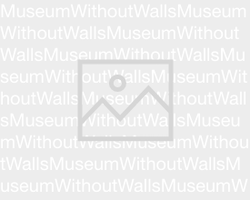This museum addition takes the form of a pavilion situated on the sloping swath of lawn north of the existing building, a site identified in the original 1968 master plan as the most suitable place for an extension. As a response to the complex form of the iconic 1973 structure, the new pavilion presents a simple volume and neutral square plan, while its material follows the buff-colored, architectural board-formed concrete of the existing building, creating harmony and establishing a visual connection through continuity of palette. Linked to the main building on two levels below grade, the addition has its own entry, making it possible to hold special events without opening the entire museum. The lobby has been designed as a mezzanine, engaging the lecture room and gallery below. The sloping topography allows daylight to penetrate to the lowest gallery level, giving the lobby, offices, and studio views of a Japanese garden (designed by landscape architect Marc Peter Keane of Ithaca, NY) that is set into the hillside, while spaces requiring enclosure are layered behind. The addition includes a 150-seat lecture room, a studio, galleries, art storage, and office space. Concurrent renovations to the existing building have expanded the gallery space of the fifth-floor Asian art collection by 50 percent.
